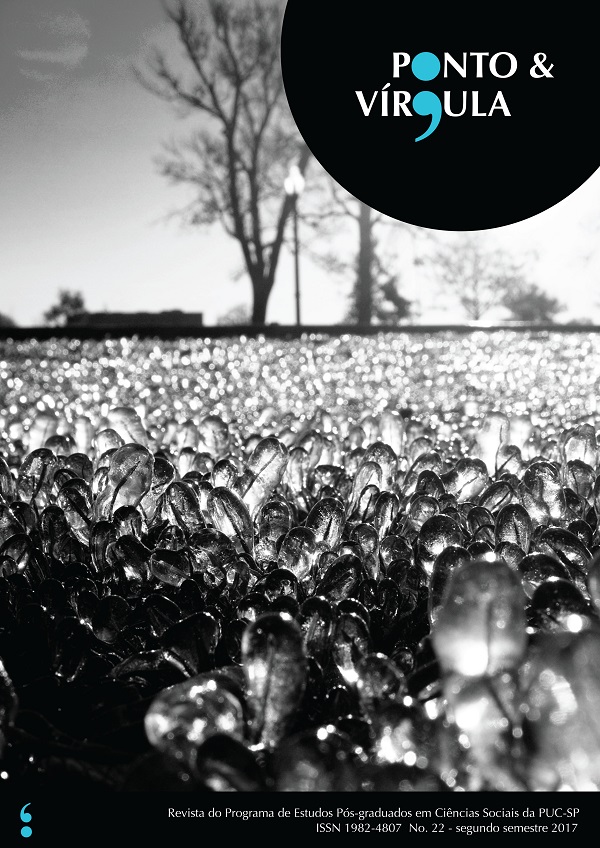O ensino híbrido: processo de ensino mediado por ferramentas tecnológicas
DOI:
https://doi.org/10.23925/1982-4807.2017i22p59-72Keywords:
Blended Learning, Generation Y, Teaching Development, CibercultureAbstract
Universities have been facing a new student profile occupying their college chairs, defined as members of Generation Y. This generation has been formed, according to some authors, by individuals born approximately between the years 1980 and 2000 showing a more questing profile, quick access to information due to technological breakthroughs and guided relationships in the virtual environment. Considering these factors, the traditional methods of teaching and learning is not very effective reaching the members of this generation in comparison to the members of past generations. This study aims to understand some questions about the hybrid teaching methodology, also known as blended learning. This methodology is characterized by the union of classroom teaching through projects and problem solving, and study mediated on online environment, hanging the teacher-student dynamic where the teacher assumes the role of mediator of knowledge, not the carrier, as it is featured in traditional teaching.Downloads
Published
2018-02-18
How to Cite
Bertholdo Neto, E. (2018). O ensino híbrido: processo de ensino mediado por ferramentas tecnológicas. Ponto-e-Vírgula, (22), 59–72. https://doi.org/10.23925/1982-4807.2017i22p59-72
Issue
Section
Artigos






